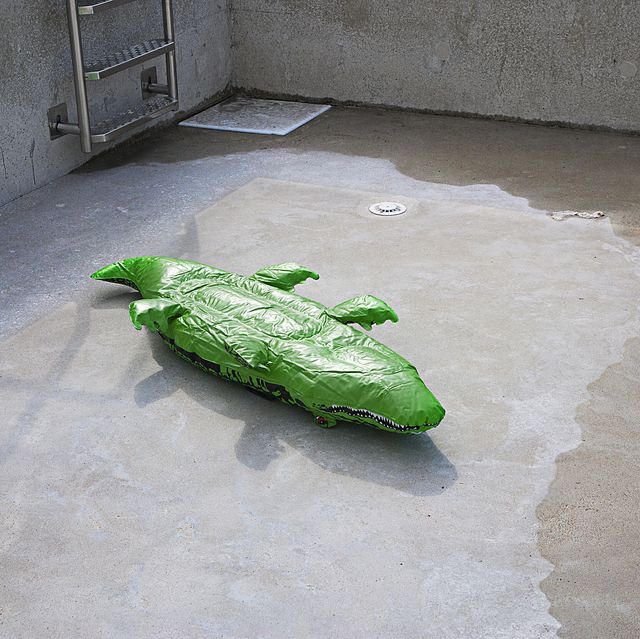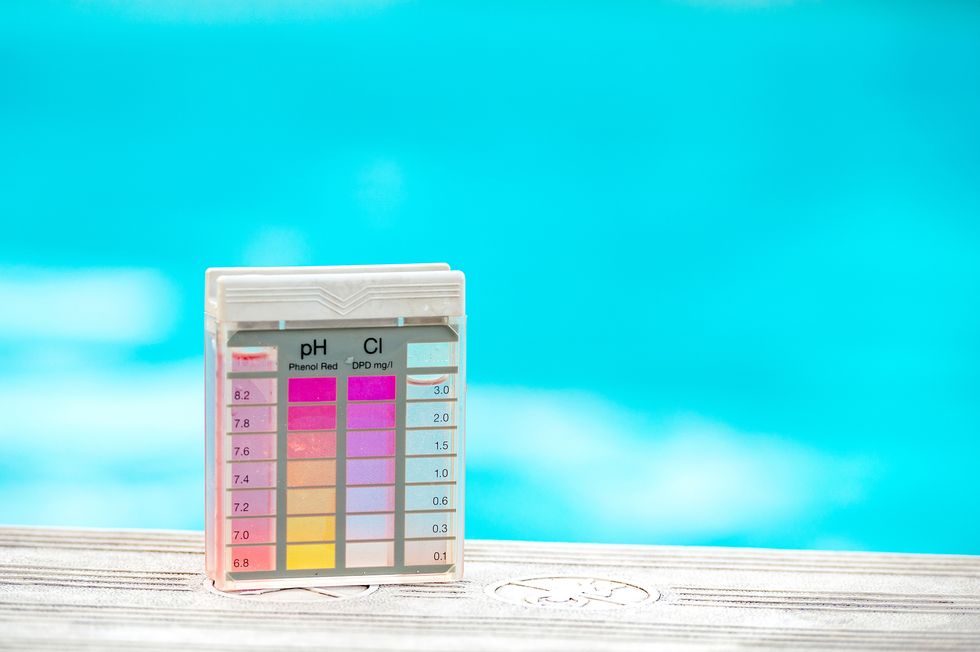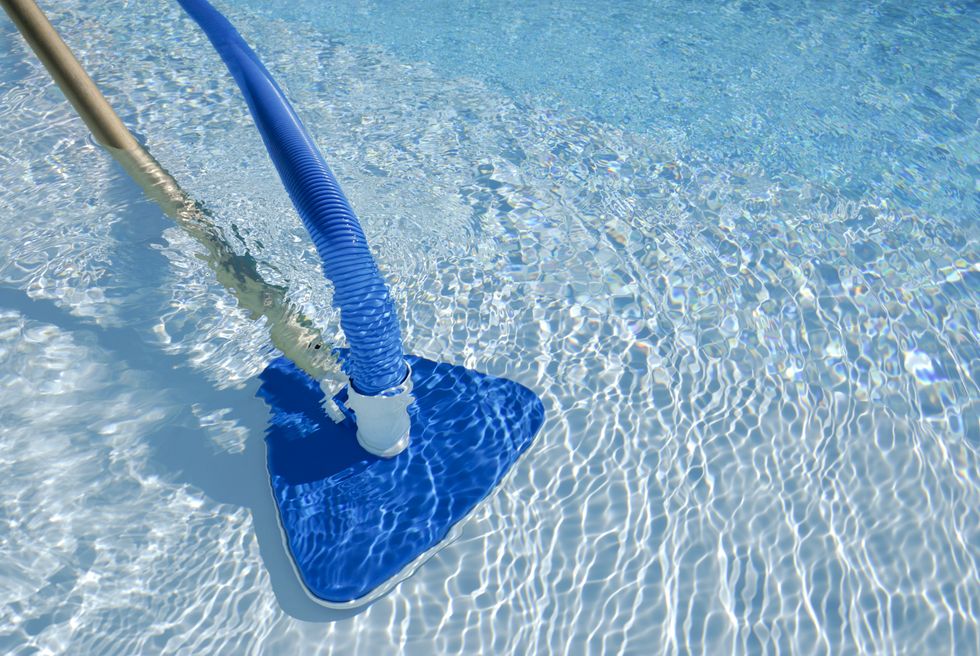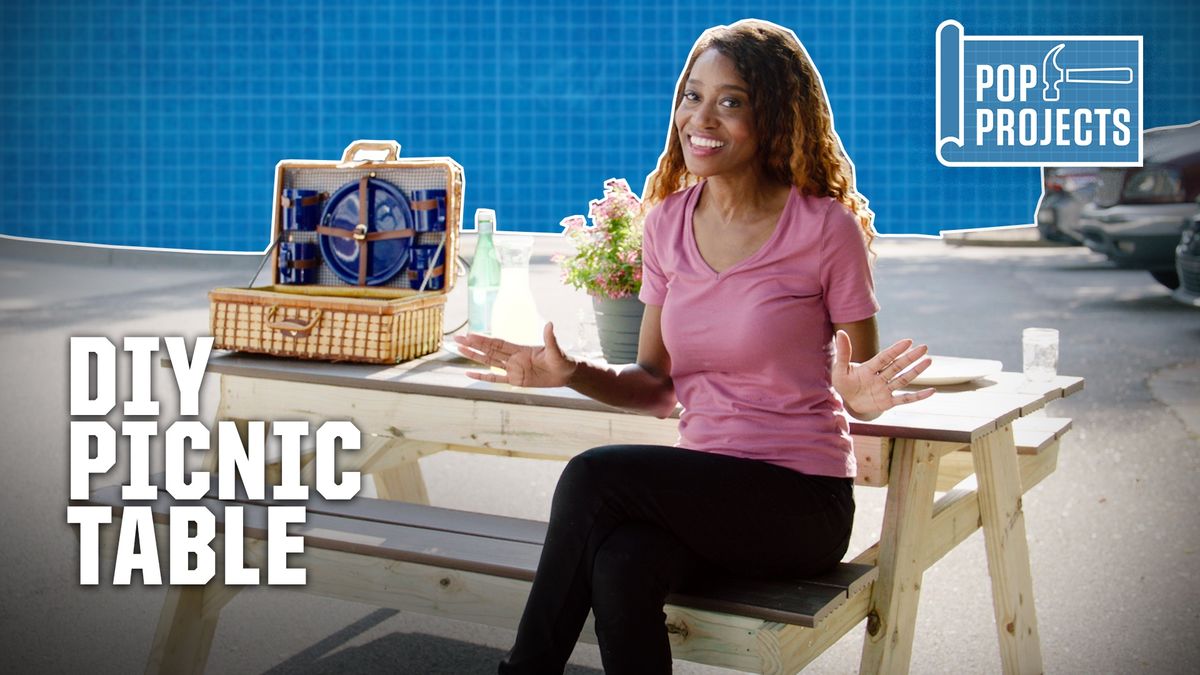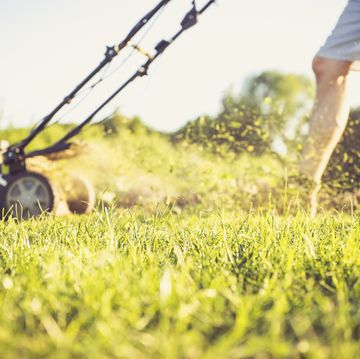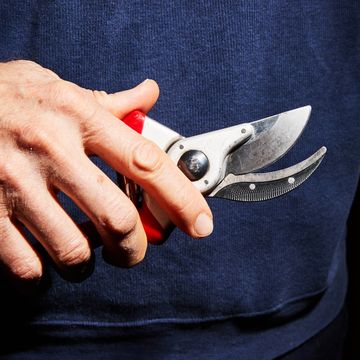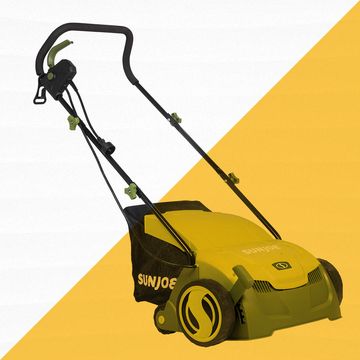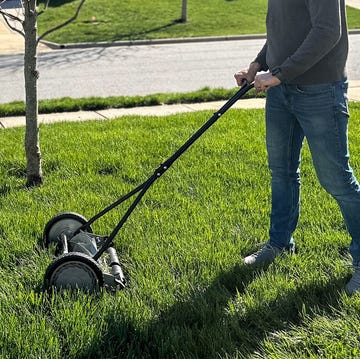- An unprecedented chlorine shortage could affect summer swimming.
- Several factors, including COVID-19 and a massive fire at a chlorine plant, are responsible for the chlorine shortage.
- If you’re a pool owner, you have several alternative options to replace chlorine, including bromine and saltwater pools.
The U.S. isn’t just lacking lumber right now—experts say we’re also facing a national, record-setting chlorine shortage caused by interruptions in the supply chain. What’s behind the chlorine shortage? And if you own a swimming pool, could the looming problem jeopardize one of your favorite summer staples?
➡ Join Pop Mech Pro to get exclusive answers to your burning science questions.
Why Is There a Chlorine Shortage Right Now?
Blame two factors for the chlorine shortage, says CNBC. One, unsurprisingly, is COVID-19: Last summer, sales for swimming pools skyrocketed as people all over the planet stayed home during the pandemic, leading to an increased demand for prepared chlorine products.
But the other cause is more surprising: In August 2020, a chlorine plant just outside Lake Charles, Louisiana—responsible for making a bulk of the U.S.’s chlorine tablets—burned down in the wake of Hurricane Laura, putting a huge dent in the production of chlorine tablets.
The BioLab facility will reopen in 2022, but in the meantime, its absence leaves just two domestic manufacturers of chlorine tablets: Occidental Petroleum and Clearon Corp. Even if both manufacturers increase production, they’d have to ramp up roughly 50 percent each to fill in the gap during the chlorine shortage.
Experts say the chlorine shortage will cause empty shelves in stores and extreme markups, which, because of the seasonal nature of pool usage, is about to come as a rude awakening to many outdoor pool owners. The financial services company IHS Markit says chlorine prices are expected to spike 70 percent this summer, compared to 2020.
If your average 50-pound bucket of chlorine used to cost $75 to $85, it now costs $140 and is expected to hit $158 in the near future, Scotty Heer, the owner of the Las Vegas-based Scotty’s Pool Service, told CNBC.
What Can I Do About the Chlorine Shortage?
Chlorine serves multiple purposes in swimming pools. It kills germs because it’s basically the same as bleach—just at a much lower concentration. And it keeps your pool water clear, which in turn keeps your pool safe. (After all, you can’t rescue someone if you can’t see them in the water.) But for as useful as chlorine is, it isn’t your only option for maintaining a healthy pool.
Chlorine Alternative #1: Bromine
Bromine is a sanitizing chemical that, like chlorine, kills algae and other gross stuff in your pool. It’s slightly more expensive, but slightly less irritating than chlorine. Both bromine and chlorine are halogen elements that are chemically related, but exist in different states of matter at room temperature—chlorine is a gas, while bromine is a liquid. Bromine is the only chlorine alternative that doesn’t require you to purchase additional equipment.
Bromine arrives as sodium bromide, usually powdered, with specific instructions for the right amount to use for your pool size. But before you get to that, you’ll need to test pH and balance your pool to 80-120 total alkalinity, according to Hunker. To do that, grab a pH testing kit and adjust up or down using baking soda or diluted hydrochloric acid. Your bromine concentration should be at least 80 parts per million, and you can periodically “refresh” it with a small amount of household bleach.
Chlorine Alternative #2: Saltwater
The term “saltwater pool” is a bit of misnomer, because pools with saltwater still have a small amount of chlorine. Still, no one is predicting a salt shortage this summer, and saltwater pools make their own chlorine via a chemical reaction. These pools work by salting the water and then using a generator to turn the salt into chlorine at a very slow rate. The resulting water is slightly salty, gently chlorinated, and 100 percent safe.
To change over to a saltwater chlorination system, you first have to choose and buy the system—these are rated by pool size, and there are many options available. The poolside chlorinator registers chlorine levels and indicates when you need to add simple table salt to the pool as more “fuel” for the salt conversion cell, according to Pool Supply World. Carefully stir your pool until the salt is completely dissolved.
Chlorine Alternative #3: Ozone
Ozone-treated pools use plain water that continuously circulates through an ozone generator, making a safe, non-caustic environment that’s still free of germs and gunk. There’s a larger initial investment because of the extra equipment, but experts say ozone pools are safer in many ways and cost less to maintain, according to Green Garage.
Ozone generators are installed outdoors and in the pool’s circulation system, per Poolonomics. They work by passing the water continuously through a produced supply of ozone gas, where ozone molecules bond with contaminants and strip them from the water.
Ozone won’t damage your pool or alter its pH, but it only works for pools with PVC or stainless steel pipes, as ozone is corrosive to other metals. You may also opt to keep using a small amount of chlorine as a backup in the event of a power outage or other maintenance on the generator.
Chlorine Alternative #4: Copper and Silver
Copper is a naturally germicidal material that some experts believe can prevent the spread of COVID-19, says the U.S. Environmental Protection Agency. Copper is introduced into pools via electrolysis, so it’s similar to the way saltwater pools turn salt into chlorine. And silver has many of the same properties—it’s even used in the alloys of many copper pool treatment systems.
According to IntecAmerica, copper ionization is plumbed into your pool’s return line, where electricity passes through electrodes in order to release metallic ions into the water. The resulting copper ions won’t harm your pool equipment or surface, and you’ll only need to balance the pool for pH using baking soda or hydrochloric acid. There’s an up-front cost for the copper ionization equipment and installation.
Chlorine Alternative #5: Catalytic Oxidation
In active catalytic oxidation (ACO) pools, a safe chemical agent is dissolved in the pool. Sunlight activates this catalyst material, releasing free radicals that are destructive to all the bugs that might get in your pool. The result is a sanitized, safe pool with no need for chlorine. ACO can even be used in conjunction with a small amount of chlorine to amplify its effects.
ACO takes 6 to 8 weeks to truly work, and you can cross-taper it with a reduction in chlorine. You can mix ACO directly into your pool’s water, or distribute it through a zeta potential mixer (ZPM) unit installed in the pool’s plumbing. You’ll still have to test the water and adjust for pH, and you can continue to use chlorine if you want. In fact, one manufacturer says chlorine will last 300 percent longer and work better with the addition of ACO.
🎥 Now Watch This:

Caroline Delbert is a writer, avid reader, and contributing editor at Pop Mech. She's also an enthusiast of just about everything. Her favorite topics include nuclear energy, cosmology, math of everyday things, and the philosophy of it all.
